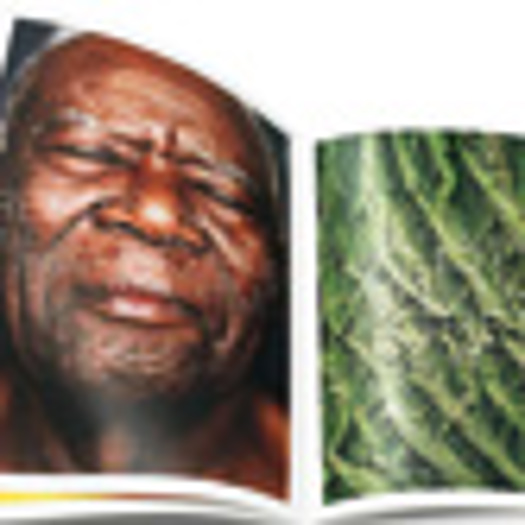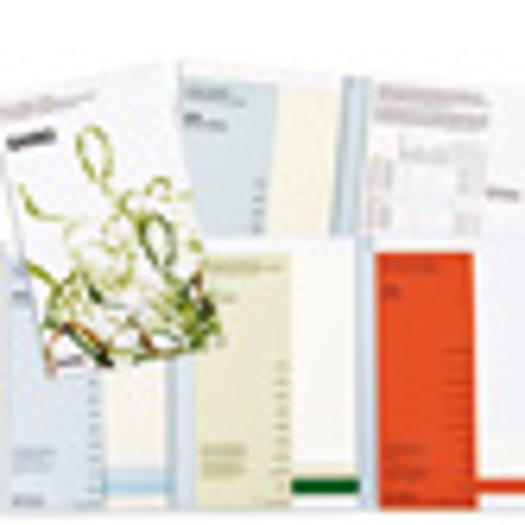Recycled paper suppliers have come under pressure over the past few years, but this isn't because print buyers aren't interested in taking on environmentally friendly products. It's more to do with tightening budgets and the fact that substrates sourced from well-managed forests do not come with the costly premium of recycled alternatives.
"Price is an issue, especially for printers," says Jan Kuiper, business development manager at Paperback. "Buyers will choose FSC- or PEFC-certified papers, which are cheaper and have a wider range."
However, the market for recycled paper is far from shrinking. According to Kuiper, demand is still strong from creatives, brand owners and local councils.
"Designers like the textile feel of our products and will often convince the client that it's the right choice for their project," he says.
Indeed, designers are getting more creative with their use of recycled paper, with new applications ranging from paper vases to picture frames and handbags, all made from recycled grades.
New markets
Meanwhile, a potential replacement for the migration to certified papers has also emerged in the form of the packaging sector, which is increasingly taking an interest in recycled grades.
"As quality increases and becomes comparable with papers manufactured from virgin fibres, packaging designers and buyers are looking for new ways to improve the sustainability of products," says Angela De Vorchik, UK operational marketing manager, at Arjowiggins Graphic.
As a result, paper manufacturers have had to increase their capacity for recycled paper production and have launched new products.
"Increase in demand, as well as our expectations that growth will continue, means that we have plans to potentially increase our capacity to meet this requirement," says De Vorchik.
However, a key issue with recycled paper is the lack of good quality paper waste being recycled, as many products, such as drinks cartons, are not suitable.
"In order for the UK to cope with this increase in demand, quality recycled pulp must be available to manufacture to the standard of recycled papers now required," says De Vorchik.
Hence the future for recycled print hangs on the public's willingness to recycle. "There has to be more emphasis on encouraging paper recycling to take place, which will help increase waste paper supply and the availability of quality de-inked pulp that can be used for the manufacture of recycled paper," says De Vorchik.
Paperback's Kuiper adds: "The paper will become a strong force, as people will be interested in the ecological feature and message of it. With smaller print runs, there will be more emphasis on what the paper looks and feels like."
WHAT'S NEW IN RECYCLED PAPER
• Arjowiggins Graphic has launched FSC-certified Satimat Green made from 75% recycled paper. The manufacturer also announced an increase of at least 8% in the cost of its wood-free and recycled papers
• In February, Palm Paper signed a contract to supply all 30,000 tonnes of newsprint used annually by publisher Archant. The newsprint is made from 100% recycled paper and will be manufactured in King’s Lynn
• Also in February, AbitibiBowater laid off 108 staff at its Bridgewater Paper Company (BPCL) subsidiary and appointed Ernst & Young as administrator to the recycled
paper mill
• Robert Horne has launched Revive Honeycomb Board, a printable display board made from recycled fibre that’s 100% recyclable after use
• This month, Paperback will launch three new 100% recycled stationery ranges available in paper, board and matching envelopes. Conservation is made with 100% post-consumer waste, as is Context Natural. Metaphor has fibrous inclusions for an organic appearance










